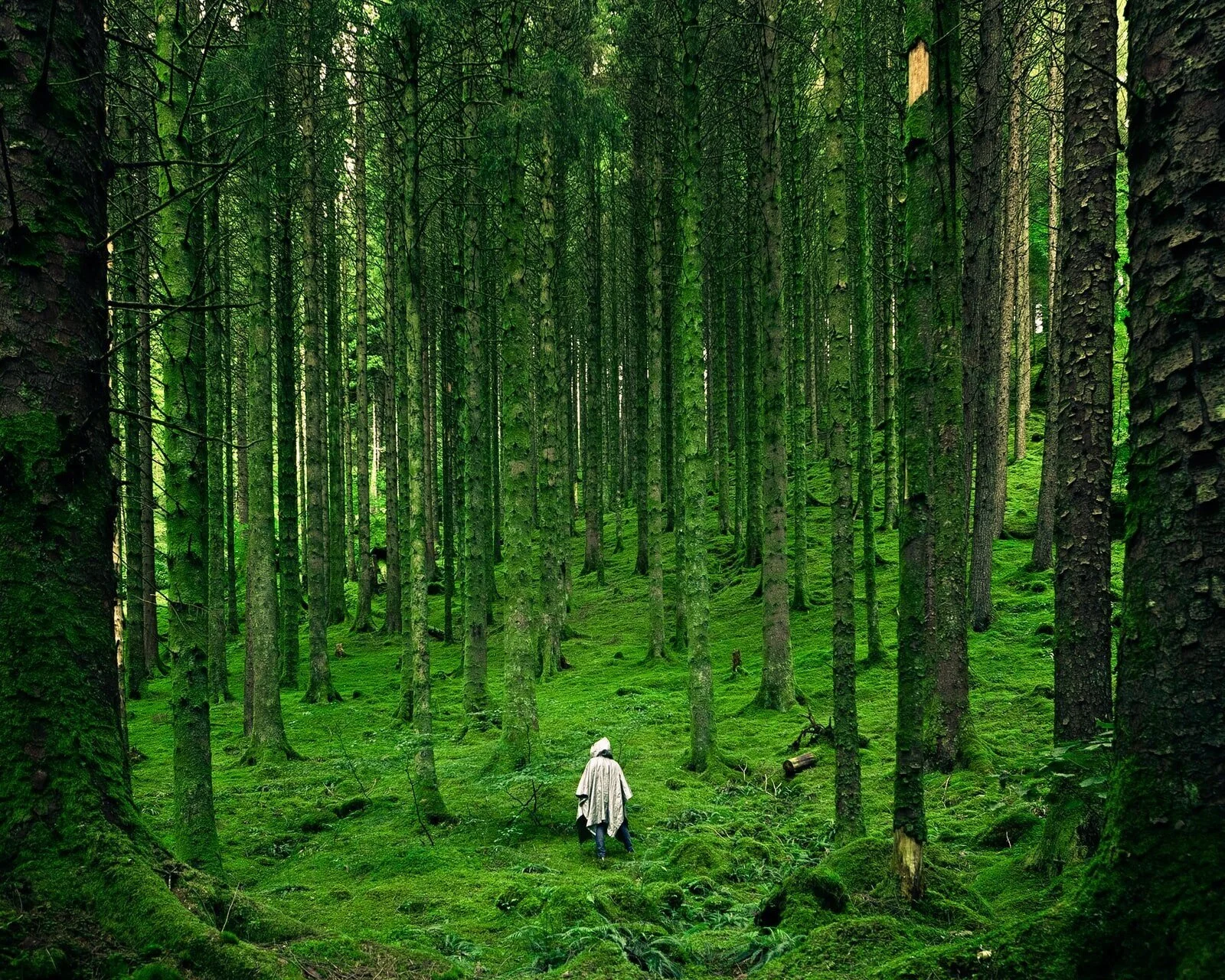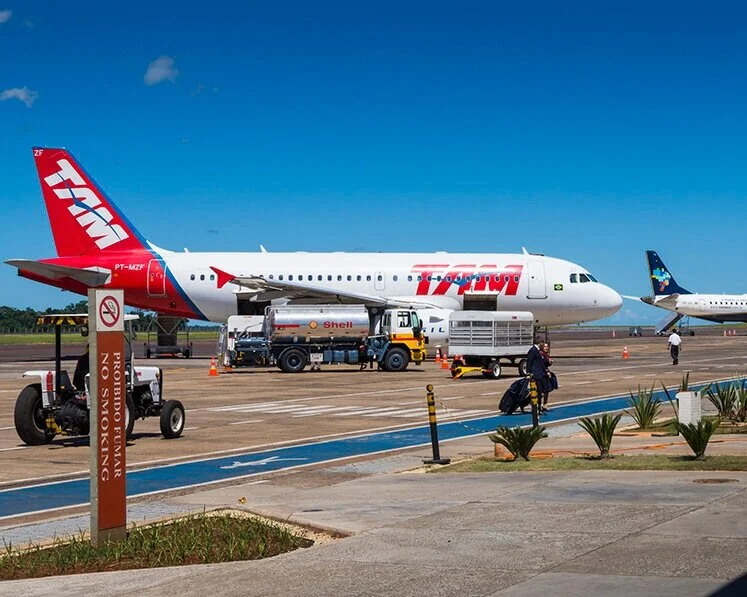Belo Monte | World's Third Largest Dam Threatens Kayapó
/PARÁ, Brazil -- Despite environmental and humanitarian protests, the Brazillian government plans to build five hydroelectric dams on the Tapajos River. The river is an important tributary to the Amazon and if built, the dams will flood the area displacing both people and animals and destroying land considered sacred.
"The first Indian Park in Brazil was created in the river basin by the Brazilian government in the early 1960s. This park marks the first indigenous territory recognized by the Brazilian government and it was the world's largest indigenous reserve on the date of its creation.
Currently, fourteen tribes live on the reserve surviving with natural resources and extracting from the river most of what they need for food and water." (Source: Wikipedia)
Over the past few months, 13,000 people from the Munduruko tribe have protested the project which would threaten their land, livelihood and culture.
Their fight involves battling through new laws and ordinances saying indigenous people don't have a right to control what happens on their own land. It is disturbingly reminiscent to what happened to American Indians in the 1800s.
The government's claim is that the Amazon has enormous untapped hydroelectric potential which would provide needed clean energy for the country. To this end, the government is trying to circumvent the constitutional clause protecting native people and their land.
In terms of cost, hydro-power is Brazil's top alternative energy solution. Other viable options include wind, solar and fuel made from sugarcane.
Disputes over the Amazon are nothing new. Since the 1890s, loggers, ranchers, miners and more have been trying for a share of the Amazon's resources. In the past, warriors fought back with organized and sometimes violent protests, including forcible eviction from the territory.
Official governmental red tape is hard to handle, but this isn't the first time an Amazon tribe has fought the dam fight. In 1989, with international support and the help of conservationist groups, the neighboring Kayapo tribe successfully prevented the building of the Kararao dam, which would have flooded the Xingu River.
They weren't as successful with the Belo Monte reservoir, also chosen to be built on the Xingu River, and slated to be finished by year 2015.
While some predict Belo Monte will lead to needed jobs and ease the nation's energy burden, others foretell the drying of the forest caused by the diverted water, the displacement of thousands of people whose homes are now underwater and the pollution and inevitable destructive influence roads and workers will have on the previously undisturbed forest.
Chiefs from over 60 villages have submitted a letter demanding the government consult and receive permission from native people before constructing the new dams. However, it is still unclear whether the campaign will be successful or if the Tapajos dams will become the next Belo Monte.













